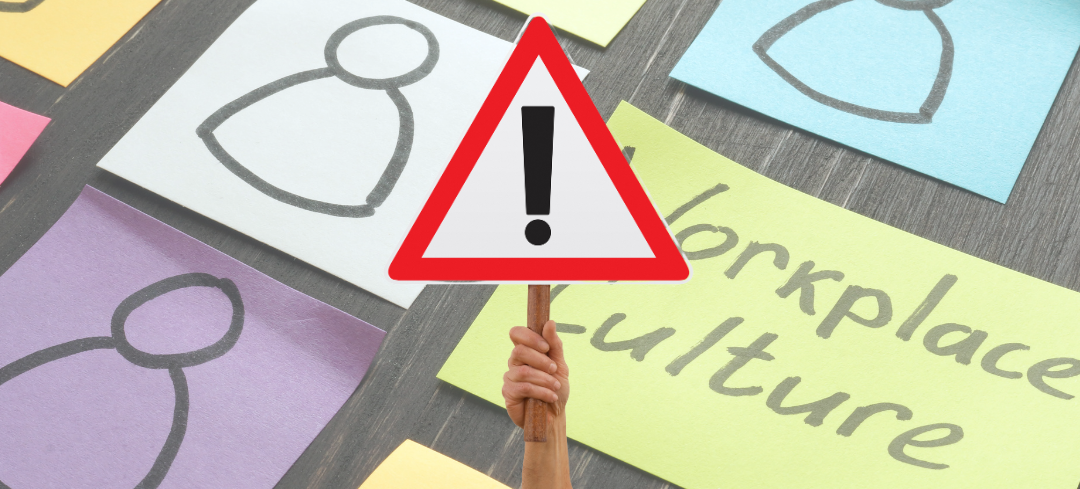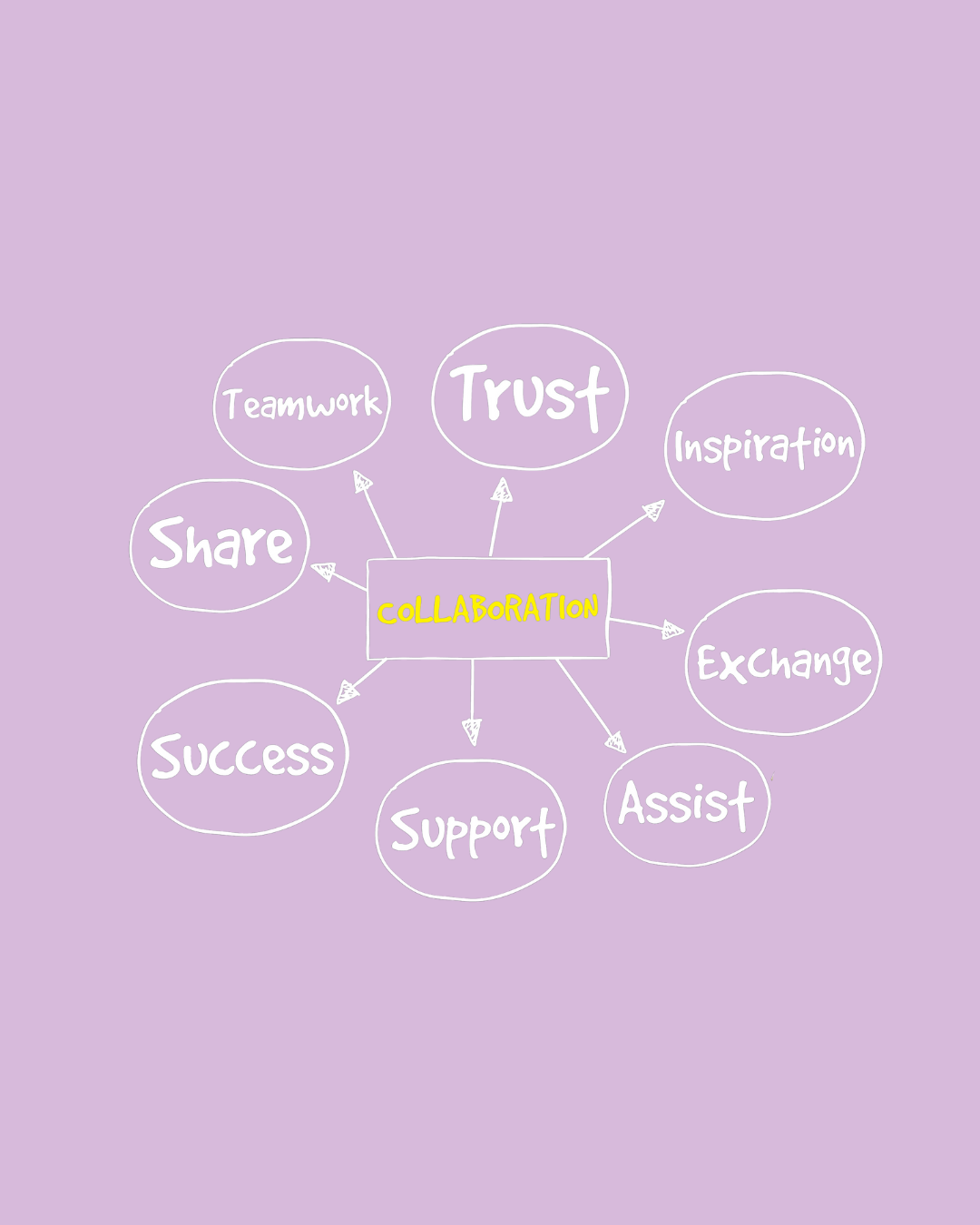A thriving, productive culture depends on effectively recognising and managing psychosocial hazards.
You may be familiar with the concept of workplace psychosocial hazards. The Work Health and Safety Act has always referenced psychosocial safety and psychological risks, but in April 2023, Work Health and Safety Regulations that govern how employers protect their employees were strengthened.
Psychosocial hazards are a real risk in workplaces, and there’s an obligation on employers to protect workers from those psychological risks in the same way they have to protect you from physical risks.
For a long time, I felt that stepping into the space of psychosocial hazards was outside my lane. I’m not a human resource or organisational risk manager. So, while it’s always been an area I was curious about, I thought I shouldn’t focus on it in my coaching.
But increasingly, as I explored and understood the idea of psychosocial hazards in the workplace, I realised they’re exactly what I’ve been talking about. It’s exactly the space I need to be in because these hazards cause challenges in social work practices. This is what impacts our capacity to thrive and survive within the workplace.
In this article, I’ll look at the types of psychosocial hazards, identify their signs, discuss proactive measures to manage them, and why creating a psychologically safe culture is everyone’s responsibility
Psychosocial hazards, what are they?
So, what are psychosocial hazards? Basically, they’re elements of your work and its environment that may cause you psychological or social harm.
Psychosocial hazards refer to aspects of work design, the work itself, and the interactions between employees, which can negatively influence your mental health and emotional wellbeing.
Safework Australia lists all the hazards covered by the regulations, but some common risks include:
Job demands and low job control
Excessive workloads can be overwhelming, leading to stress and burnout. Social workers often face high emotional demands with insufficient breaks or organisational support. When there’s little or no respite, made worse by feelings of no control over your role, it can take a toll on mental and physical health.
Role clarity
Unclear job roles can create confusion and conflict within teams. Decreased efficiency and increased internal disputes can occur when roles overlap without clear distinctions.
Poor change management
Poorly managed workplace changes can be unsettling and disrupt workplace harmony. Staff turnover can significantly increase if the upheaval is big enough without adequate training or communication.
Supervisor support
Inadequate leadership can leave social workers feeling undervalued and unsupported, leading to increased stress, lower satisfaction and high turnover.
Workplace relationships
Toxic relationships and poor communication can impact workplace morale. Unresolved conflict among team members can result in reduced productivity and poor mental health.
Traumatic events or material
Witnessing, investigating or being exposed to traumatic events or materials frequently and for prolonged periods can impact workers.
What do psychosocial hazards in the workplace look like?
Each hazard presents specific signs that can help in early identification and intervention:
- High job demands could look like frequent complaints about workload, signs of stress, and reduced work quality.
- Lack of role clarity could be demonstrated by frustration and confusion about responsibilities, escalating to conflicts.
- Ineffective change management may be received with resistance to change, decreased morale, and increased safety incidents.
- Poor supervisor support may be reflected by inconsistent performance and reluctance of individuals to take responsibility.
- Deteriorating workplace relationships are displayed through poor team dynamics and frequent communication breakdowns.
- Intrusive thoughts and visualisations of other people’s trauma situations experienced by the worker, impacting their sleep and causing emotional distress.
How can we mitigate psychosocial hazards in the workplace?
Mitigating psychosocial hazards is a collective responsibility that benefits from a systematic approach to:
- identify
- assess
- control and review
psychological hazards across the organisation.
It’s vital to consult workers to gain real data and feedback about concerns and involve them in the process. Organisations can’t simply make assumptions about the concerns and risks. They need to be identified in collaboration with the people in the roles.
Psychosocial safety is a continuous process. Companies must regularly monitor and review the risks and controls, as workplaces are dynamic. It isn’t a set-and-forget compliance tick-box exercise but an active process.
A culture of safety needs to be established across the organisation, so employees feel safe reporting hazards and are assured their reported concerns are taken seriously.
Management can use reporting tools to help understand incidents and concerns, identify current and potential hazards and assess the effectiveness of strategies to mitigate the risks.
Training managers and employees on psychosocial safety hazards is vital. This is a new concept for many. Support is needed to ensure proper identification and responses to mitigate hazards successfully.
Why managing psychosocial hazards is everyone’s business
Employers are ultimately responsible for workplace safety, yet addressing psychosocial hazards is a collective responsibility that requires whole-organisation involvement.
It’s not solely the domain of management, human resources or WHS safety officers. Everyone from top management to frontline employees plays a role.
Collectively, everyone has to actively contribute to creating a safe environment.
A safe workplace impacts the wellbeing and productivity of the whole organisation. When everyone takes responsibility for identifying and addressing these psychosocial risks, it creates a safer and more supportive workplace for all.
How does your workplace manage psychosocial hazards?
Contact me if your organisation could benefit from my Leading Well program or any other workplace training sessions that help build psychologically safe organisations.
Like to learn more about my work? Follow me on LinkedIn and Instagram.


